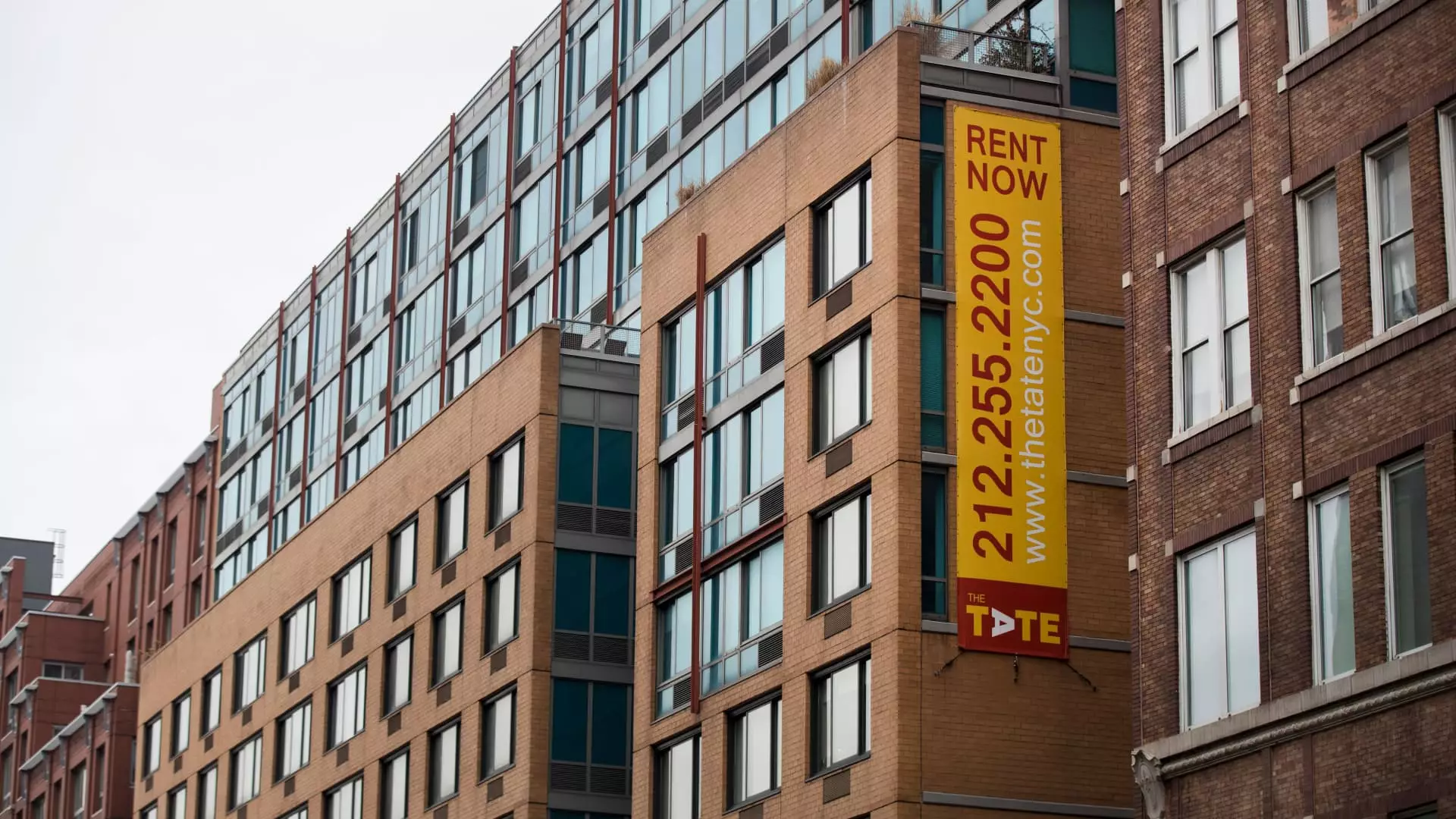In recent years, the rental market has often been extolled as a paragon of flexibility and affordability. Yet, a seismic shift is occurring, indicating that renting has become anything but a simple solution. The startlingly low apartment turnover rates—under 30% in key urban areas—reflect a deeper malaise in the housing landscape. This change disrupts the traditional narrative that promotes mobility and ease when it comes to renting. Many renters are now stranded in financially unfeasible conditions, as the for-sale market remains out of reach. With homeownership becoming a distant dream due to spiraling costs, the rental market is no longer a refuge but a cage.
Why Are Renters Hesitant to Move?
Multiple factors have contributed to this stagnation. First and foremost is the skyrocketing cost of properties, which has left many renters paralyzed by indecision. Additionally, lingering fears about economic instability have fostered a climate of anxiety, prompting renters to stay put rather than risk moving to an uncertain future. This hesitation is compounded by moving expenses—often overlooked in the romanticized narrative of a renters’ lifestyle. In truth, the process of relocating has become a financial burden, siphoning away any purported benefits of renting.
Furthermore, the shift toward suburban living—larger, more comfortable apartments—has diverted attention from bustling urban centers. This transition shows how socio-economic factors distort traditional patterns of mobility. Renters are seeking solace in more spacious accommodations, with a sense of security taking precedence over the endless chase for transient urban life.
The Silver Lining for Landlords
From a landlord’s perspective, the implications of reduced turnover are profoundly positive. The market has presented a rare opportunity to leverage this low-turnover scenario into better pricing for lease renewals, thereby enhancing cash flow. The balance of power has certainly shifted; landlords now find themselves in a position of strength, reaping the rewards of lower turnover costs, which include the often-ignored expenses of repairs and maintenance associated with tenant transitions.
Major players like Essex Property Trust and Equity Residential are positioned to thrive within this evolving landscape. As tech giants push for a resurgence in regions like San Francisco and Seattle, the demand for housing is projected to rise, even against a backdrop of potential recessionary pressures. With economic resurgence being fueled by artificial intelligence and tech expansion, these landlords have a chance to lock in sustained value.
What Lies Ahead for the Multifamily Market?
Despite the apparent resurgence of the multifamily rental sector, we must remain vigilant. The revival in demand—an increase of 0.9% in rents year over year—is buoyed by strong absorption rates, but this bubble could easily deflate in the wake of a brewing economic storm. A downturn could exacerbate job losses, particularly in the Sunbelt, disrupting the very foundation of this precarious market.
Yet, the recent drop in vacancy rates is a potential turning point, signaling not just recovery but a reconfiguration of the multifamily landscape. While the overall rate has dipped below the long-term average, it illuminates a future laden with opportunity and risk, challenging both tenants and landlords alike. The resurgence of demand within the multifamily market is encouraging, but it’s crucial for all participants to recognize that they are navigating an increasingly complex and uncertain terrain.

